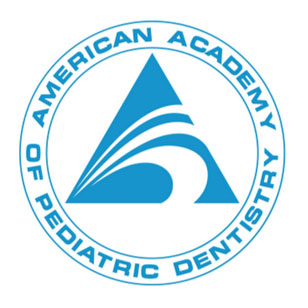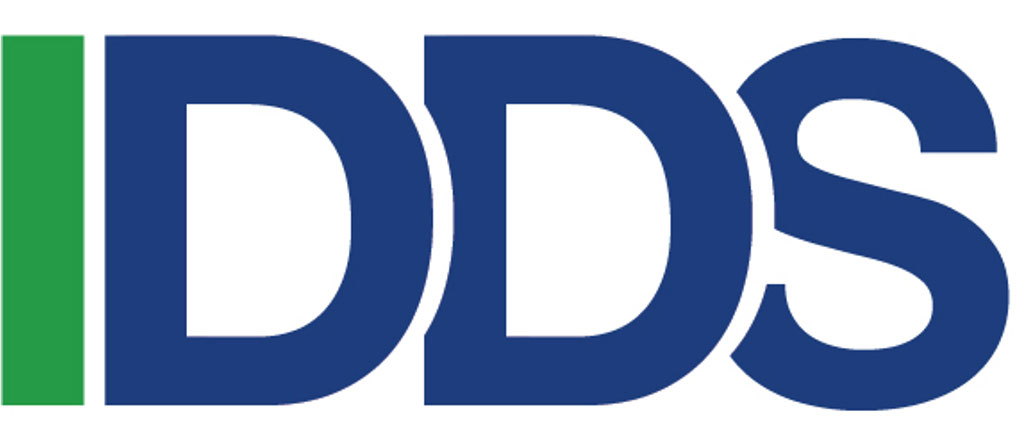Dental Radiographs (X-rays)
Dental radiographs are a safe, integral, and necessary tool in a dentist’s toolbox to allow for the evaluation of areas in and around the mouth that cannot be seen with a visual exam. Dental decay, dental infection, tooth positioning, and boney pathology are difficult to evaluate any other way. Digital radiographs have greatly decreased the radiation exposure to our patients. Taking dental radiographs at the proper time gives our staff the information we need to ensure your child’s dental health.
What Are Dental Radiographs (x-rays)?
Dental radiographs, also known as x-rays, are an imaging tool that allow dentist to evaluate areas in and around the mouth that cannot be seen with a visual exam. The digital image shows the difference in density among tissues and structures in the mouth. A dentist can see many things that are not seen any other way. The depth of a cavity, tooth positioning under the gums, dental infections, and many pathologic lesions (tumors, cysts, etc) are all seen primarily on a dental radiograph.
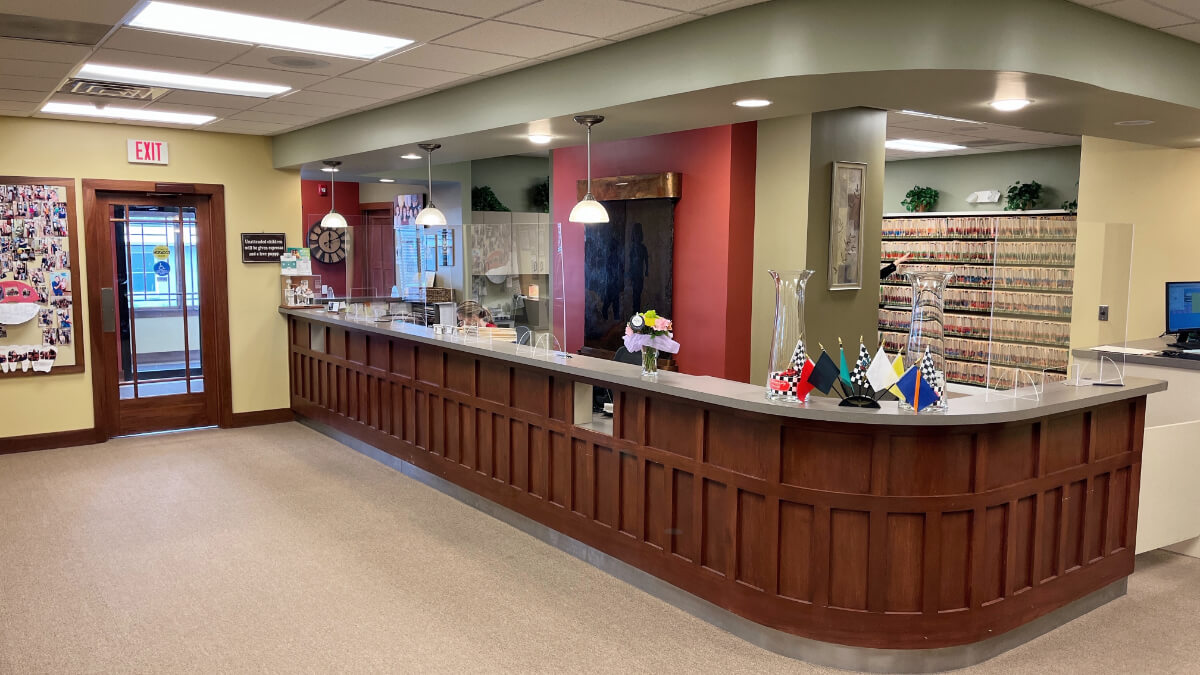
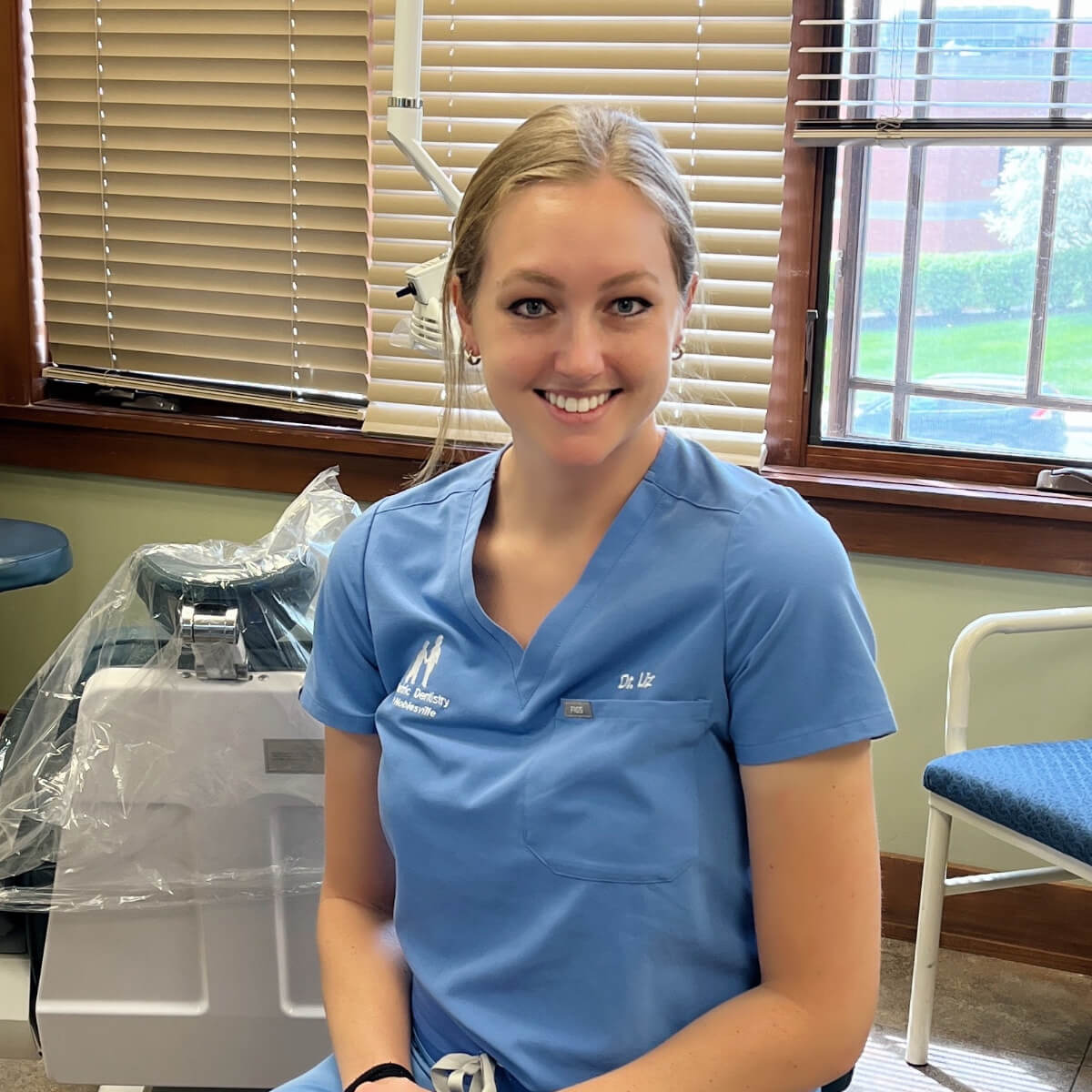
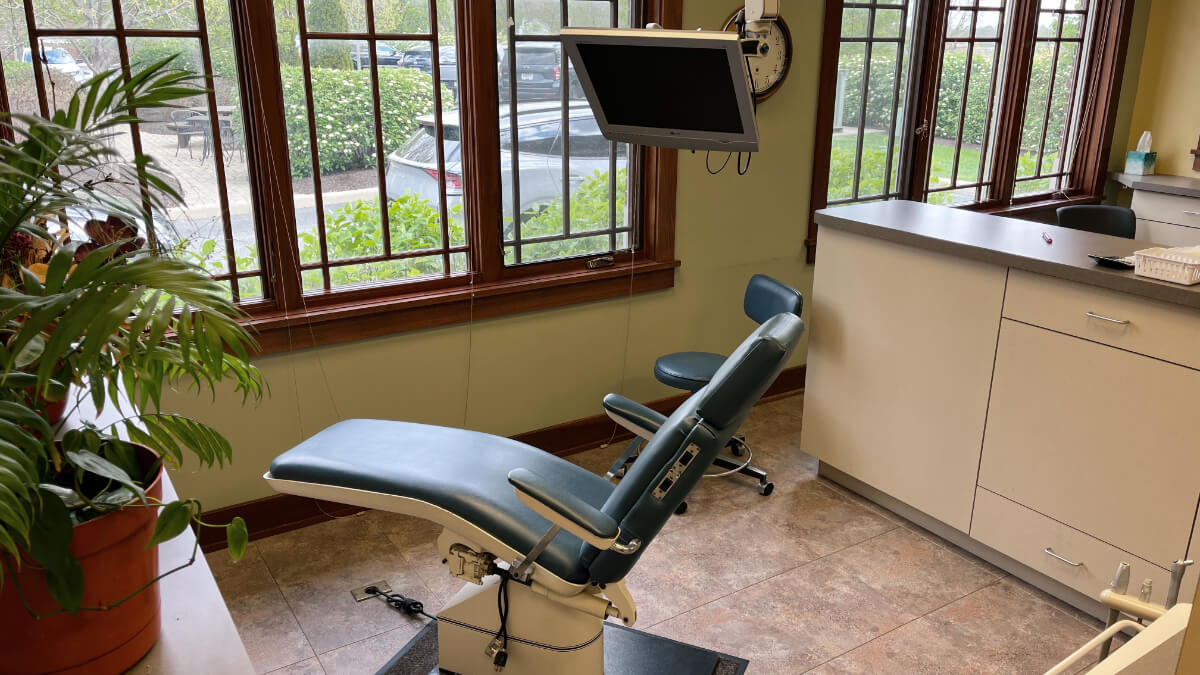
Because pediatric dentists see children during their formative years, dental radiographs are extremely important to take on a regular basis. This gives the dentist an opportunity to watch growth and development, establish cavity risk factors, and monitor any problematic areas that can’t be seen any other way. A child’s cavity activity can change dramatically over a short period of time. This is why we recommend taking radiographs at a minimum of once a year. Some patients might need radiographs taken every six months. This would be to ensure home care and our preventative measures are working on teeth that have starts to cavities.
Dental radiographs have greatly improved over the past decades. With the implementation of digital radiographs, the amount of radiation a patient is exposed to during imaging has greatly decreased. Taking two dental bitewings radiographs exposes a child to the same amount of radiation as eating four bananas. Taking a dental panoramic radiograph exposes a child to the same radiation as a day spent outside without sunscreen. We do not take radiation exposure lightly. However, when an image is necessary, we are confident we are limiting your child to the least amount of exposure possible.
FAQ’s
How are dental radiographs (x-rays) taken?
Safety is our number one priority when taking radiographs of your child’s mouth. We always use a lead apron to protect your child. We also use a “tell-show-do” approach. We explain every step of the radiograph process to help them through the procedure. Radiographs can cause a great deal of anxiety for some children. We do everything in our power to help your child through this process. If radiographs are going to be traumatizing to your child, we might opt to try to take radiographs in different way or even delay necessary images until your child is more comfortable.
Traditional bitewing radiographs are taken once a year. Your child might be asked to bite together on this type of radiograph to get an image of areas in-between the teeth. This can be difficult for patents with a strong gag reflex or a small mouth. We have several techniques that might help your child through an appointment like this. Please allow our staff to prepare your child the day the images are to be taken. We will use child-friendly language and help to encourage your child during this appointment.
An anterior occlusal or periapical dental radiograph is taken in the front of your child’s mouth to evaluate for developing teeth, see nerve health and evaluate for cavities. A periapical radiograph can also be taken on back teeth for the same reasons. The patient does not usually need to bite down to take these images.
Who benefits from dental radiographs (x-rays)?
Dental radiographs are an important tool in a dentist’s toolbox to allow for the evaluation of areas in and around the mouth that cannot be seen with a visual exam. Most patients would benefit from dental radiographs taken at the proper time and at the proper intervals. This allows the dentist to diagnose, evaluate, and monitor areas at dental appointments. Dental radiographs can be used to look for dental disease, dental infections, pathology, and tooth development.
Some patients may experience some difficulty when taking dental radiographs. This can be due to age, behavior, mouth size, gag reflex, healthcare concerns, among many other reasons. For these difficult situations, we do our best to determine the need, risks, and benefits for the dental image. Each circumstance is unique, and our dentists and staff will do our very best to make the recommendation that is right for your child.
When should dental radiographs (x-rays) be taken?
Dental radiographs are a very important to show the dentist areas in your child’s mouth that cannot be seen during a visual exam. We recommend the very first radiographs be taken to evaluate for cavities as soon as your child can tolerate this process. There are times when children might be anxious or too small to cooperate for dental radiographs. When possible, we will delay radiographs until your child is ready. In those situations when we cannot wait, our staff will patiently help your child through the process with positivity and compassion.
Following your child’s first set of dental radiographs, we will continue to recommend bitewing radiographs once a year. It is important to establish a child’s caries risk (cavity risk), we use these radiographs to monitor cavity activity. Once your child grows into a teenager, we might opt to wait a bit longer between dental radiograph dependent on their established caries risk. Some children with a very high cavities rate might need to take radiographs more frequently to evaluate their caries status. Our pediatric dentists will help to establish the proper intervals for taking radiographs for your child.
Some dental radiographs are taken to evaluate positioning of developing teeth and the potential for missing teeth. We recommend taking a panoramic radiograph soon after the eruption of your child’s first adult molars. This is in alignment with the recommendations of the American Academy of Pediatric Dentistry. We will typically recommend another of these radiographs to evaluate for your child’s third molars or wisdom teeth when they are in their mid to late teens.
Where should we take dental radiographs (x-rays)?
Dental radiographs should be taken in a dental facility by a trained dental staff member.
Professional Accreditations
